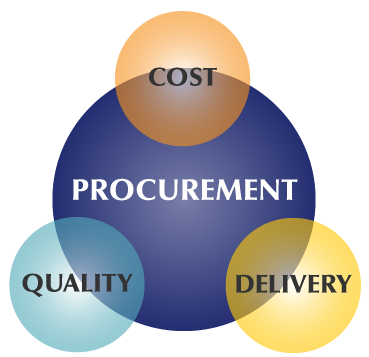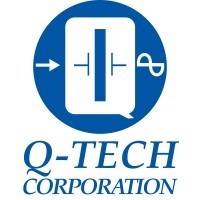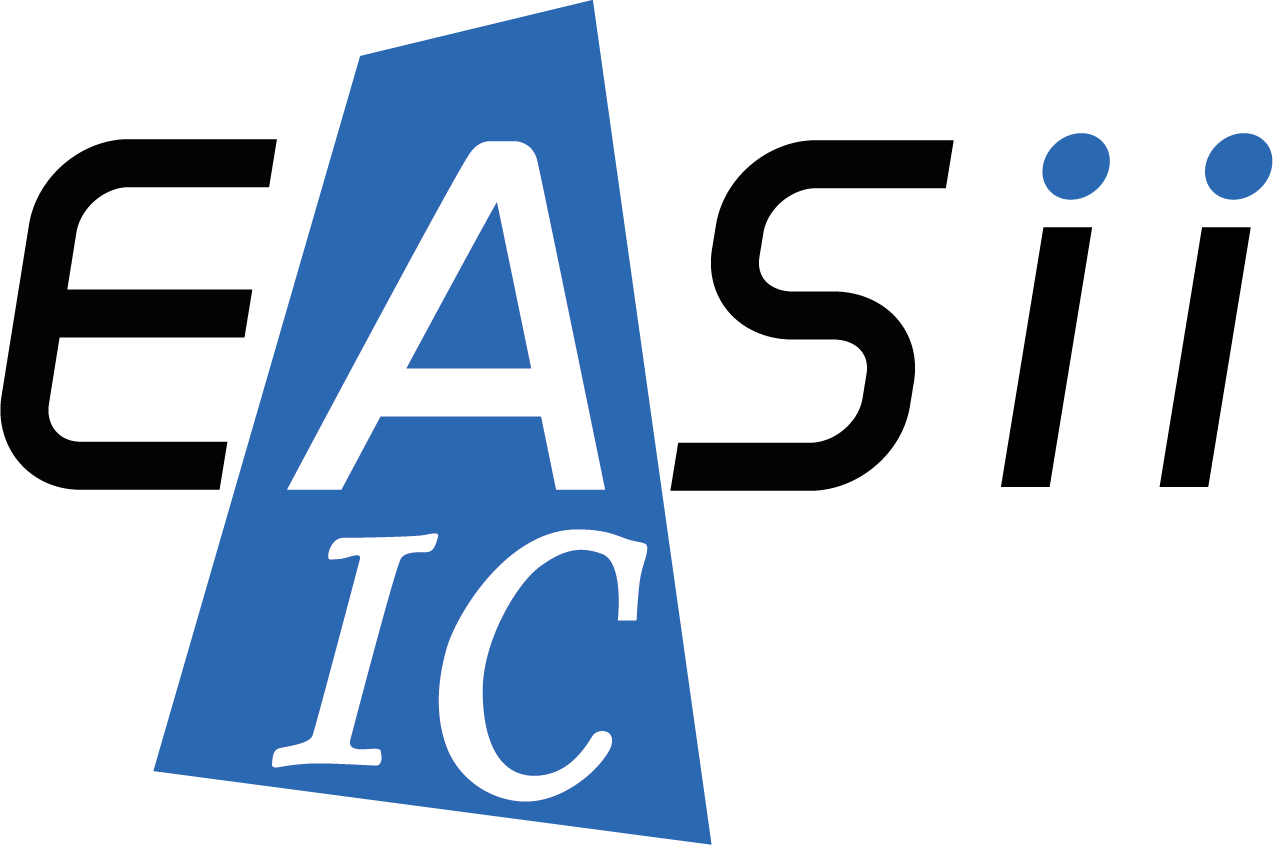Cost Impacts of Upgrading Electronic Parts

The use of post-procurement processing to increase part reliability assurance, or “upgrading”, is driven by the need for state-of-the-art parts with short lead times.
Upgrading is costly. Upgrading should only be done when lead-time and functionalit preclude buying the “Level-ready” equivalent. Cost benefits typically associated with COTS can only be realized if they do not require upgrading or radiation characterization. Cost leveraging is generally not available for COTS because radiation testing and qualification tests are performed on a Lot-by-Lot basis for COTS. Efforts which increase ready access to “Level-ready” material should be supported (mass buys, new technology qualifications, vendor inspections).
From a cost perspective, their availability in high reliability styles, with no need for upgrading, reduces their effect on the overall assurance cost to the parts program. There is little cost or assurance benefit to procuring passive parts with low assurance and using upgrading to increase their assurance level.
The availability of the Level-based EEE part assurance plans allows a project manager, given some coarsely defined risk-tolerance, to instantly map that risk level to a well defined parts program which has well understood cost centers (parts and testing).
The parts Program is a critical part of the production process for space flight hardware. When planning for the associated costs, it is important to calculate the Total Cost of Ownership of the parts, which consists of the procurement cost and the costs associated with upgrading. The cost of upgrading is weighted by commodity type, the cost of testing, (and associated NRE and labor costs), and the cost of part fallout. When considered by part count only, the passive parts can be considered the higher risk commodity from a system perspective.
The purchase cost of EEE parts used in spacecraft can be very high while COTS parts are not so expensive. The cost of a flight model system can come as a shock when the prototype was breadboarded with commercial or industrial grade parts. The delivery lead-time difference can also be staggering. The work presented here provides a cost model to help mission designers and Program Managers both plan for and manage Electronic, Electrical and Electromechanical (EEE) parts program costs.
This limited and selective use of upgrading will not greatly increase overall project costs. When upgrading is used broadly across the program however, the costs increase dramatically.
When planning for the associated costs, it is important to calculate the Total Cost of Ownership of the parts, which consists of the procurement cost and the costs associated with upgrading.
The cost of upgrading is weighted by commodity type, the cost of testing, (and associated NRE and labor costs), and the cost of part fallout.
Standardized Level-to-risk language does not generally exist in the other engineering and manufacturing disciplines such as mechanical design, electrical design, propulsion, software production and integration and test.
Practices may be used, such as the reduction of redundancy in the electrical design, when risk can be tolerated in the interest of some other advantage such as schedule, cost, weight or volume, however they are not part of the management documentation.
This post processing, called upgrading, can include management planning, engineering of test plans, test fixture development and manufacturing, test execution, data reduction and inventory management.
The types of testing included in upgrading are electrical verification measurements, environmental stress screening, sample-based qualification testing, long-term aging or life testing and destructive physical analysis (DPA).
Radiation hardness testing is also part of upgrading but is treated here as a separate cost factor because so many of the actives are no longer available as radiation hard devices “off-the-shelf”. Radiation testing costs are considered not to apply to passive parts at all.









